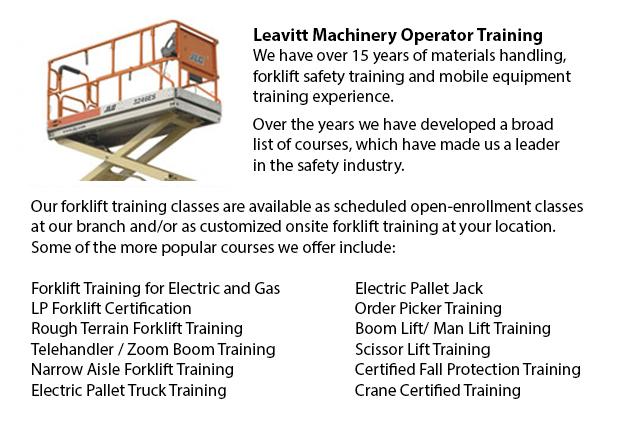
Prince George Scissor Lift License - The is an inherent risk in operating a scissor lift, since with all types and kinds of powered work tools will require correct handling to be able to prevent accidents that can result in injuries or damage. Companies have to ensure that staff using this particular machinery have the necessary training.
Unqualified personnel should not be permitted by their companies to use scissor lifts. The lift is designed to raise materials and people to various heights. Failure to know and completely follow safety standard could cause injuries for the users or damage to the lift.
There are no rules governing the use of fall protection for scissor-lift users. Nonetheless, manufacturers could recommend the use of fall protection and in various situations tying off in scissor lifts may be required by employer guidelines, job-specific risk assessments or local regulations.
In order to ensure that the scissor lift is in good working condition before utilizing the machinery, the operator needs to perform a thorough check. This is the operator's task, even though the unit has already been in service that day. The machine's operator's handbook contains a pre-operation checklist.
The things that an operator should look for when performing a scissor lift inspection, consists of checking tire-inflation pressure, and checking platform controls and ground controls to make sure they are working. Look for any delayed movement on the fly section when the boom is extending and retracting since this can indicate some cables are loose. While operating the controls, make sure that the emergency stop switches are working. Operate functions against the equipment's cutout switches. Test the boom control system by cycling a boom lift to the furthest extent of its operating envelope. Safety limiters must automatically stop the unit before it moves into an unstable position, if they are functioning right. If they aren't, turn off the lift and make sure that repairs are made before it is used again.
Safe operating measures should be followed always, with the levers being operated with even, controlled pressure. A control lever must never be pushed from one position to the opposite position. The lever must be shifted to neutral, before stopping, and afterward proceeding in the desired direction. When released, control switches and levers must return to the neutral position automatically. Depress the foot switch before operating platform controls.
-
Prince George Telehandler Operator Training
Prince George Telehandler Operator Training - Telehandler forklifts or Telescopic Handler forklifts are common industrial machines found in various construction industry settings. The telehandler is a useful machinery and makes for a valuable tool wh... More -
Skid Steer Loader Certification in Prince George
The engine powered skid-steer loader comprises a small and rigid frame, equipped with lift arms that could attach to many industrial attachments and tools to execute several labor saving tasks. Normally, skid-steer loaders are four-wheel drive vehicl... More -
Prince George Telehandler License
Prince George Telehandler License - The telescopic handler or telehandler is a generally utilized machine in agricultural and industrial applications. This machine is the same in look to a forklift and also works in a similar manner, although telehan... More -
Prince George Manlift Ticket
Prince George Manlift Ticket - The Elevated Platforms and Manlifts Certification course helps to provide the needed training on the work practices, safe operating procedures, rules and regulations regarding the everyday activities for the operators o... More -
Prince George Manlift Operator Training
Prince George Manlift Operator Training - A specialized kind of hydraulic platform is referred to as an aerial lift or a man lift. It is designed to hoist an individual vertically up and down and thus, is likewise called a vertical personnel lift. Th... More -
Prince George Forklift Safety Training
Prince George Forklift Safety Training - Individuals wanting work in industries that utilize forklifts have to undergo a forklift safety training course prior to becoming a certified operator of a lift truck. There are many ways to go about obtaining... More -
Prince George Boom Lift Certification
Prince George Boom Lift Certification - The use o elevated work platforms allow for maintenance operations and work to be performed at elevated work heights which were otherwise unreachable. Workers making use of boom lifts and scissor lifts could be... More -
Prince George Crane Training Schools
Prince George Crane Training Schools - We have designed various programs for Mobile Crane Operation at our Crane Training Schools. These programs are recommended for the skilled operator who needs certification or re-certification, and for inexperien... More

Forklift Certification Prince George
TOLL FREE: 1-888-254-6157
Prince George, British Columbia
forkliftcertificationprincegeorge.com
Email Us
About Us


